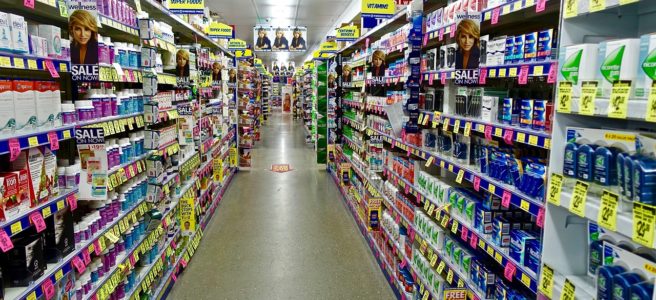Drugs are an essential part of the health regimen of millions of people to control illnesses and treat conditions. While the process of taking a drug can be simple, the process behind ensuring the drug is safe to market to the general public is a much more complex challenge.
Pharmaceutical drugs have to be constantly developed and tested before distribution and it is a multifaceted process. For more information on medicine and the healthcare industry, consider the information provided by experts in the pharmaceutical industry like Vilvet Pharmaceutical.
Here is what goes into approving a drug.
Research
Before a drug could even conceive of hitting the market, the process begins with preliminary research that is typically done in the laboratory of a university. Typically, basic research on a disease at the molecular level has already been completed by the time this lab testing begins. At this point, pathways towards a treatment start to get identified. Commonly, an effective method that is found early on in the research process is to utilize a gene pro protein medium that could interfere with the disease.
After that, the researches will then look for a specific compound that will be able to act on this target. To find out this answer, animals and plants are typically studied. Once a compound that could feasibly interfere with a particular disease is found, confirmation that the molecules can have a positive effect is next. Proper safety tests are performed on computerized versions of animals or cells in a series of pre-clinical trials.
At this point, clinical testing and the effects on tangible beings begins.
Clinical Trials
In order to perform clinical trials, the company has to submit a clinical trial application that is reviewed thoroughly by a series of experts to decide if adequate research has been done to permit human testing. If the application is approved, a small group of healthy volunteers will be involved in a phase 1 trial.
Since the compound can still be volatile in nature and pose a potential health risk, the fewest number of patients sufficient for statistical analysis are used. They are monitored on a continuous basis after they take the compound. As the trials progress to phase 2, many drugs fail because of safety risks, intolerable nature or ineffectiveness.
If drugs are able to make it to phase 2, then the compound will be administered to far more candidates on an international scale. There is still a good percentage of drugs that fail at this stage, but rigorous testing is done to discern that fact.
Marketing
If drugs are able to make it past phase 2, then marketing authorization applications are submitted to the primary authority in the countries. For the United States, this would be the Food and Drug Administration (FDA). Other countries such as Europe make applications to the European Medicines Agency available.
This application comprises detailed clinical information that was received during the testing process, the chemical makeup of the compound in question, how it was manufactured, the potential toxicity of the compound, and of course, what the results of the clinical trial yielded.
The process doesn’t end if this submission is improved. Usually, clinical trials continue and certain authorities may require phase 3 trials for safety checks after initial marketing.
Patenting
If there is a molecule that shows significant potential during development, pharmaceutical companies will look for patents immediately. Doing so will prevent any other companies from copying it for approximately 20 years. This patent also covers formulation, the manufacturing, and in certain cases, its use. The availability of a patent is dependent upon many factors including the actual uniqueness of the medication as well as its actual need.
The purpose of obtaining a patent is to make sure that the company that developed the drug will make a profit to cover the development of failed drugs during the testing process. Once the patent expires, generic version of the drug will be able to be marketed. However, the patent may cover up to an extra five years or so, pending that the time where the drug was under a patent is beyond 15 years after it received approval.
After licensing approval is confirmed, the medicine is ready to be used by
patients for full benefit. This is of course subject to cost-effective
assessments and if the budget is able to cover the cost. On average, it takes
approximately 12.5 years
to develop successful medicine. This is due to the amount of processes that
each individual drug has to go through in order for the economic feasibility
and safety to be fully determined.
As you can see, the process behind each drug approval process is very complex
and can take years and years to complete. However, this process is absolutely
necessary to ensure that it is suitable for public use.
To help provide further information
regarding the intricacies of drug creation, Vilvet Pharmaceutical make it a
point to help educate the general public about the process of testing and
distributing pharmaceuticals.
